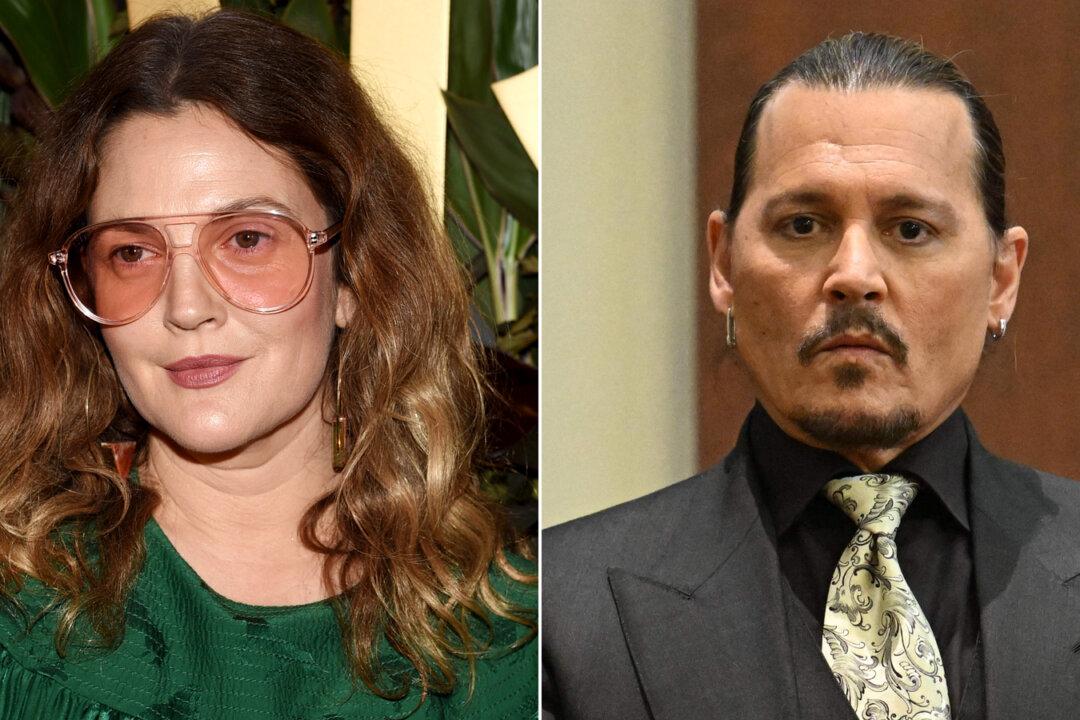As stay-at-home orders due to the ongoing pandemic have forced many of us to learn to love solitude and become reacquainted with our homes, one couple’s life has remained virtually unchanged.
Ten miles north of Tofino, British Columbia, off the west coast of Vancouver Island, Catherine King and Wayne Adams live on a sustainable floating compound. It’s called “Freedom Cove,” a labor of love, hand-built using recycled and salvaged materials. It’s been their home for the past 29 years.





